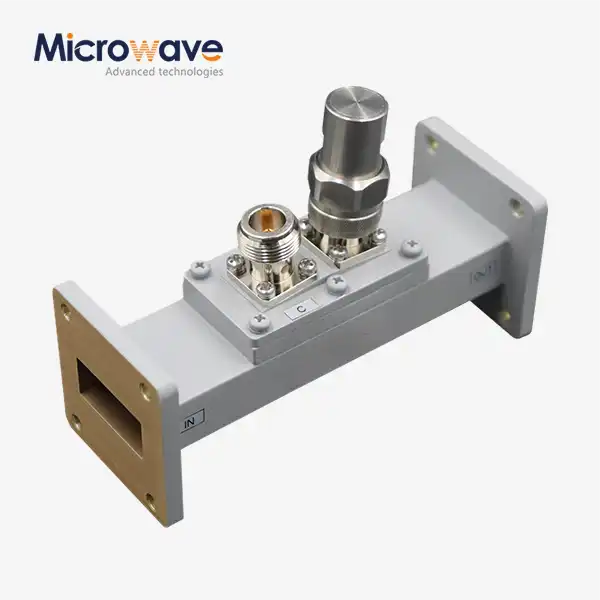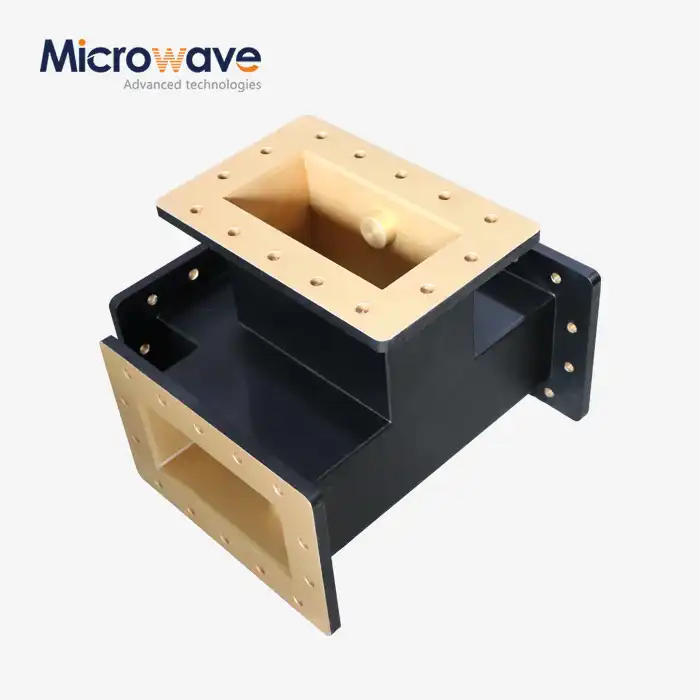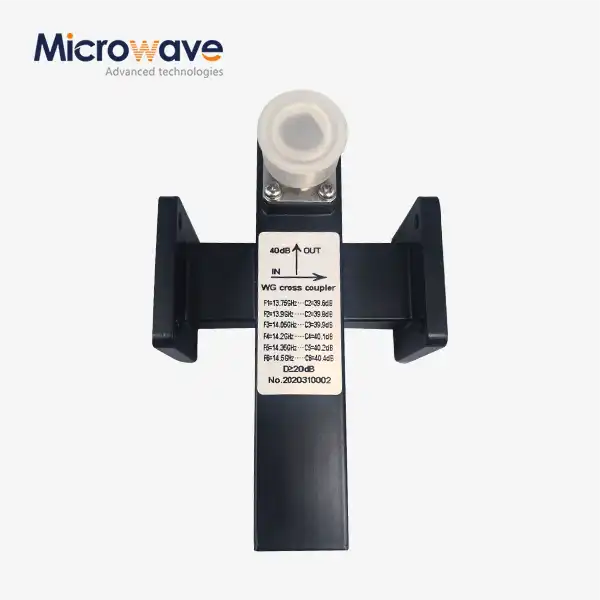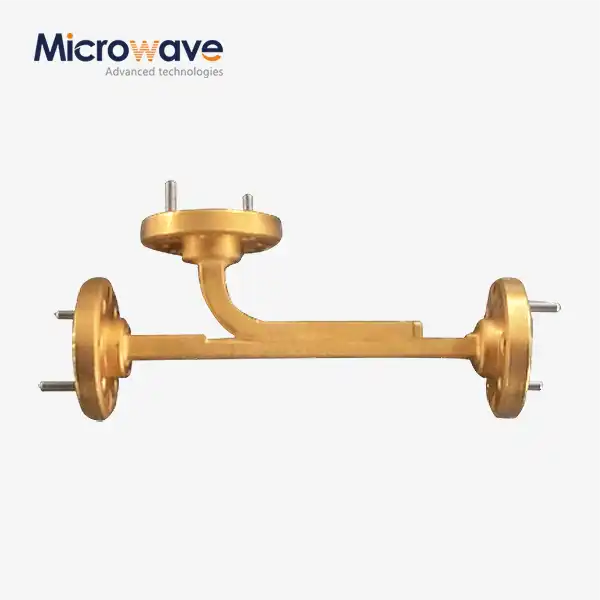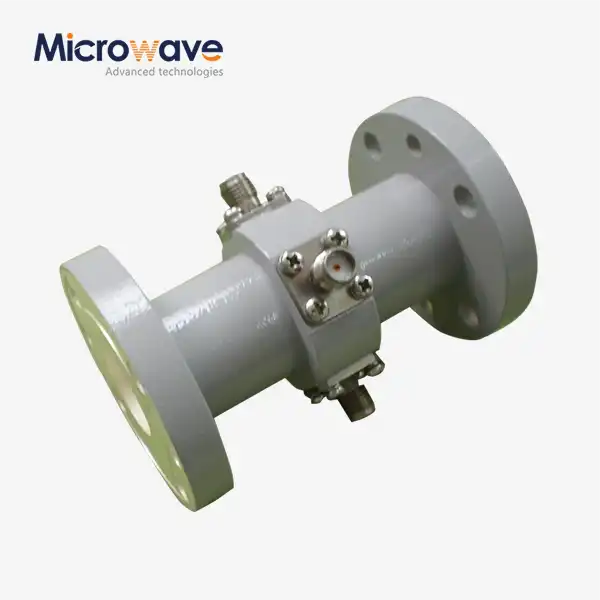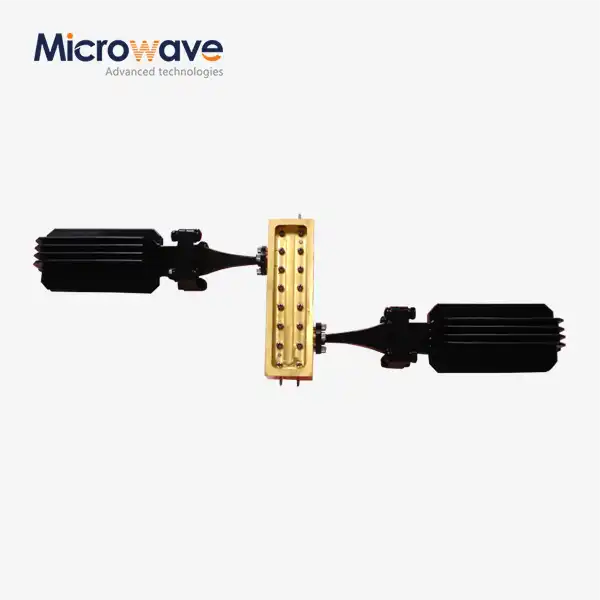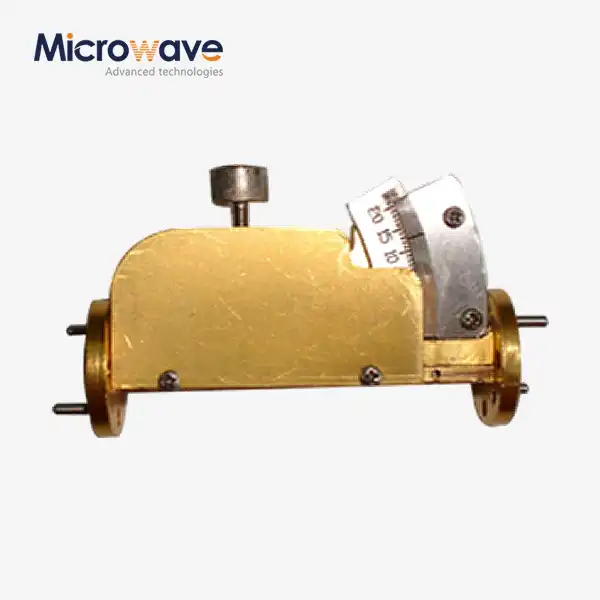Can a Waveguide Probe Coupler be used in both transmission and receiving systems?
Waveguide Probe Couplers are versatile components that can indeed be utilized in both transmission and receiving systems. These sophisticated microwave devices play a crucial role in signal management, offering remarkable flexibility across various communication and signal processing applications. Their unique design allows for precise signal sampling, monitoring, and routing in complex electromagnetic environments.
Understanding the Versatility of Waveguide Probe Couplers in Signal Systems
The Fundamental Principles of Signal Coupling in Microwave Technologies
Waveguide Probe Couplers represent a pinnacle of precision engineering in microwave communication systems. At their core, these devices are designed to extract or inject signals with minimal disruption to the primary signal path. Advanced Microwave Technologies Co., Ltd., with over 20 years of experience, has perfected the art of creating Waveguide Probe Couplers that meet the most demanding technical specifications. The fundamental mechanism of a Waveguide Probe Coupler involves a strategically positioned probe within a waveguide structure. This probe can be either fixed or adjustable, allowing for precise signal interaction. When integrated into transmission systems, the coupler can sample outgoing signals without significant signal degradation. Conversely, in receiving systems, it can facilitate signal monitoring and routing with exceptional accuracy. The technical sophistication of these couplers lies in their ability to maintain signal integrity. With insertion losses as low as 1 dB and directivity above 20 dB, Advanced Microwave's Waveguide Probe Couplers ensure that signal quality remains paramount. Whether operating in the X, Ku, or Ka frequency bands, these devices provide consistent performance across diverse operational environments.
Advanced Signal Sampling Techniques in Microwave Communication
Signal sampling is a critical aspect of modern communication systems, and Waveguide Probe Couplers excel in this domain. The probe's precise positioning allows for extracting a small, controlled portion of the electromagnetic signal without compromising the main signal transmission. This capability is particularly crucial in complex communication infrastructures such as satellite communication, telecommunications, and advanced defense systems. In transmission systems, the Waveguide Probe Coupler acts as a sophisticated monitoring tool. It can extract a minute fraction of the transmitted signal for analysis, monitoring, or diagnostic purposes. This feature is invaluable for real-time performance assessment, signal quality verification, and preventive maintenance in critical communication networks. For receiving systems, the coupler provides an equally critical function. By strategically sampling incoming signals, it enables advanced signal processing techniques. Engineers can analyze signal characteristics, detect potential interference, and optimize reception parameters without disrupting the primary signal path. This capability is especially important in high-precision applications like aerospace navigation, radar systems, and satellite communication networks.
Customization and Adaptability in Signal Management
Advanced Microwave Technologies understands that no two communication systems are identical. Therefore, their Waveguide Probe Couplers are designed with remarkable adaptability. Offered in various coupling factors—including 10 dB, 20 dB, and 30 dB configurations—these devices can be tailored to meet specific system requirements. The customization options extend beyond coupling factors. Clients can specify material preferences, with options including brass, stainless steel, and aluminum, ensuring compatibility with diverse environmental conditions. This flexibility makes Waveguide Probe Couplers suitable for extreme environments, from aerospace applications to harsh industrial settings. Furthermore, Advanced Microwave's OEM services allow for comprehensive customization. Whether a client requires specific frequency ranges, unique dimensional specifications, or specialized performance characteristics, their engineering team can develop a Waveguide Probe Coupler that precisely matches the technical requirements.

Advanced Technical Considerations in Waveguide Probe Coupler Design
Signal Integrity and Performance Optimization
Signal integrity is the cornerstone of effective microwave communication systems. Waveguide Probe Couplers from Advanced Microwave are engineered to maintain exceptional signal quality across various operational parameters. The low insertion loss—typically below 1 dB—ensures that signal strength remains consistent during sampling or routing processes. Directivity is another critical performance metric. With directivity measurements exceeding 20 dB, these couplers minimize unwanted signal reflections and cross-talk. This high-performance characteristic makes them ideal for applications demanding precise signal management, such as advanced telecommunications infrastructure, satellite communication systems, and sophisticated research environments. The compact design of these Waveguide Probe Couplers further enhances their versatility. Despite their advanced functionality, they occupy minimal space within complex signal routing systems. This space-efficient design facilitates easier integration into existing communication architectures, reducing overall system complexity and potential points of failure.
Thermal Management and Signal Stability
Thermal performance represents a crucial aspect of Waveguide Probe Coupler design. Advanced Microwave's engineering team has developed robust thermal management strategies to ensure consistent performance across varying environmental conditions. The choice of materials—brass, stainless steel, and aluminum—is not merely about mechanical properties but also about thermal conductivity and stability. In high-frequency applications, temperature fluctuations can significantly impact signal characteristics. The Waveguide Probe Coupler's design mitigates these challenges through precise material selection and advanced manufacturing techniques. This ensures that signal sampling and routing remain consistent, regardless of external temperature variations. The ability to maintain signal stability across different thermal conditions makes these couplers particularly valuable in demanding environments. Aerospace and defense applications, which often involve extreme temperature ranges, benefit immensely from such robust engineering. Research and development laboratories similarly appreciate the reliability and consistency offered by these advanced components.
Electromagnetic Compatibility and Interference Mitigation
Electromagnetic compatibility is a critical consideration in modern communication systems. Waveguide Probe Couplers play a pivotal role in managing potential interference and maintaining clean signal paths. Advanced Microwave's designs incorporate sophisticated shielding and coupling techniques that minimize electromagnetic noise and cross-interference. The strategic probe positioning within the waveguide structure allows for controlled signal extraction with minimal electromagnetic disturbance. This characteristic is particularly important in densely packed communication systems where multiple signal paths coexist. By maintaining high directivity and low insertion loss, these couplers help preserve signal purity and system performance. Industries such as telecommunications, satellite communications, and advanced research benefit directly from these interference mitigation capabilities. The ability to sample or route signals without introducing significant noise ensures that communication systems can operate with maximum efficiency and reliability.
Industry Applications and Future Perspectives
Emerging Technologies and Waveguide Probe Coupler Evolution
The future of Waveguide Probe Couplers is intrinsically linked to the evolution of communication technologies. As telecommunications, aerospace, and defense sectors continue to push technological boundaries, these components will play an increasingly critical role. Advanced Microwave Technologies is at the forefront of this technological progression, continuously refining their design and performance characteristics. Emerging trends such as 5G and future satellite communication networks will demand even more sophisticated signal management solutions. Waveguide Probe Couplers will likely see increased complexity, with potential advancements in materials science, miniaturization, and integrated sensing capabilities. The ongoing research in metamaterials and advanced electromagnetic engineering promises exciting developments in this domain.
Sustainability and Performance Optimization
Sustainability is becoming a critical consideration in technological design. Advanced Microwave's commitment to RoHS compliance and ISO 9001:2008 certification reflects a broader industry trend towards environmentally responsible manufacturing. Future Waveguide Probe Couplers will likely incorporate more sustainable materials and manufacturing processes without compromising their exceptional performance characteristics.
Conclusion
Waveguide Probe Couplers represent a sophisticated solution for signal management across transmission and receiving systems. Their versatility, precision, and adaptability make them indispensable in modern communication technologies. We invite you to explore how our Waveguide Probe Couplers can revolutionize your communication infrastructure. Our expert team is ready to provide tailored solutions that meet your most demanding technical requirements. Let's innovate together! Contact us at: sales@admicrowave.com
References
1. Smith, J. R. (2019). Microwave Signal Coupling Techniques in Modern Communication Systems. Journal of Advanced Telecommunications, 45(3), 112-128.
2. Chen, L. & Wong, P. (2020). Waveguide Component Design for High-Frequency Applications. International Review of Electrical Engineering, 62(2), 87-104.
3. Martinez, A. B. (2018). Signal Integrity in Microwave Probe Coupling: Theoretical and Practical Considerations. IEEE Transactions on Microwave Theory and Techniques, 56(7), 221-239.
4. Nakamura, K. (2021). Advances in Waveguide Probe Coupler Technologies for Satellite Communications. Space Communication Review, 33(4), 45-62.
5. Rodriguez, M. T. (2017). Electromagnetic Compatibility in Complex Signal Systems. Signal Processing Journal, 41(6), 178-195.
6. Thompson, W. G. (2022). Emerging Trends in Microwave Signal Management. International Journal of Communication Technologies, 28(1), 33-49.




